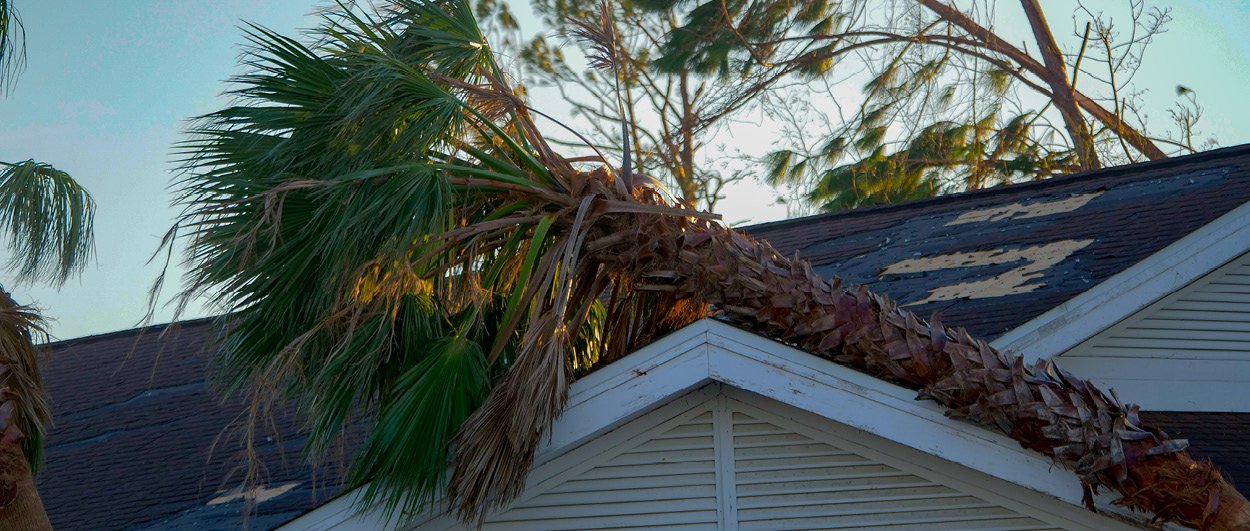Uh-Oh, The Hurricane is Over, But What Now?
There is plenty of information on hurricane preparedness and what to do before the hurricane comes, but what should you do for your roof after the hurricane?
With gas being very expensive and roofing materials being in short supply, you will need to be more prepared this year than ever before.
There are several steps that can be taken to continue to mitigate damages that can still be prevalent even after the storm.
Here are a few steps that should be taken immediately following the storm event to get you back up and running:
This first step being the most obvious - Conduct an immediate site assessment inside the building to determine if any water intrusion has occurred inside and Document it all with pictures and video.
This has a 2 fold benefit:
The evidence you provide to your repair technicians will help you navigate the next step(s). Quantity of water intrusion or damage can provide us with the scale of the damage and allow us to be prepared with enough material. Also, If you discover an AC unit blew off its curb or roof stand don’t call your roofer, call the AC contractor.
Evidence for your insurance company or mold remediation company – If you took a video of your building(s) and the surrounding building(s) then you have documentation of what it looked like before the event and its remaining shelf life so you can prove the existing conditions to the insurance company if you need to make a claim.
External site assessment
After you determine it is safe to walk these areas, walk the grounds and the roof system to see if any damaged was caused due to debris falling or wind-blown debris. Video and photo document any damage.
Take steps to mitigate the existing damage
Call the appropriate repair technicians and provide them with the documentation so they can prepare and while you wait for the repair technicians, use the extra tarps you have stored for such damage to prevent future damage till they arrive.
How to get your building back up and running
This seems obvious, but is more obscure.
If you have significant damage: the roof peeled back, a branch went through the roof, etc… The appropriate repair technicians will need time to prepare and procure materials. If there is significant damage, it may require a large quantity of materials to rectify the issue and the last thing you want is to have a repair technician waste a trip to your site, just to have to leave to gather more materials.Timing is crucial in these situations and the more information the better.
Lastly, After a major event, every facet of a service-providers job becomes more difficult. Gas can been in short supply, the roofing industry is already experiencing major material shortages (which will only be exacerbated by a hurricane), access to buildings and roads can be blocked, so the intel you gather and provide to your service providers will be critical in getting your building repaired and functioning again.




